Home>Gardening & Outdoor>Landscaping Ideas>How To Keep Artificial Grass Down
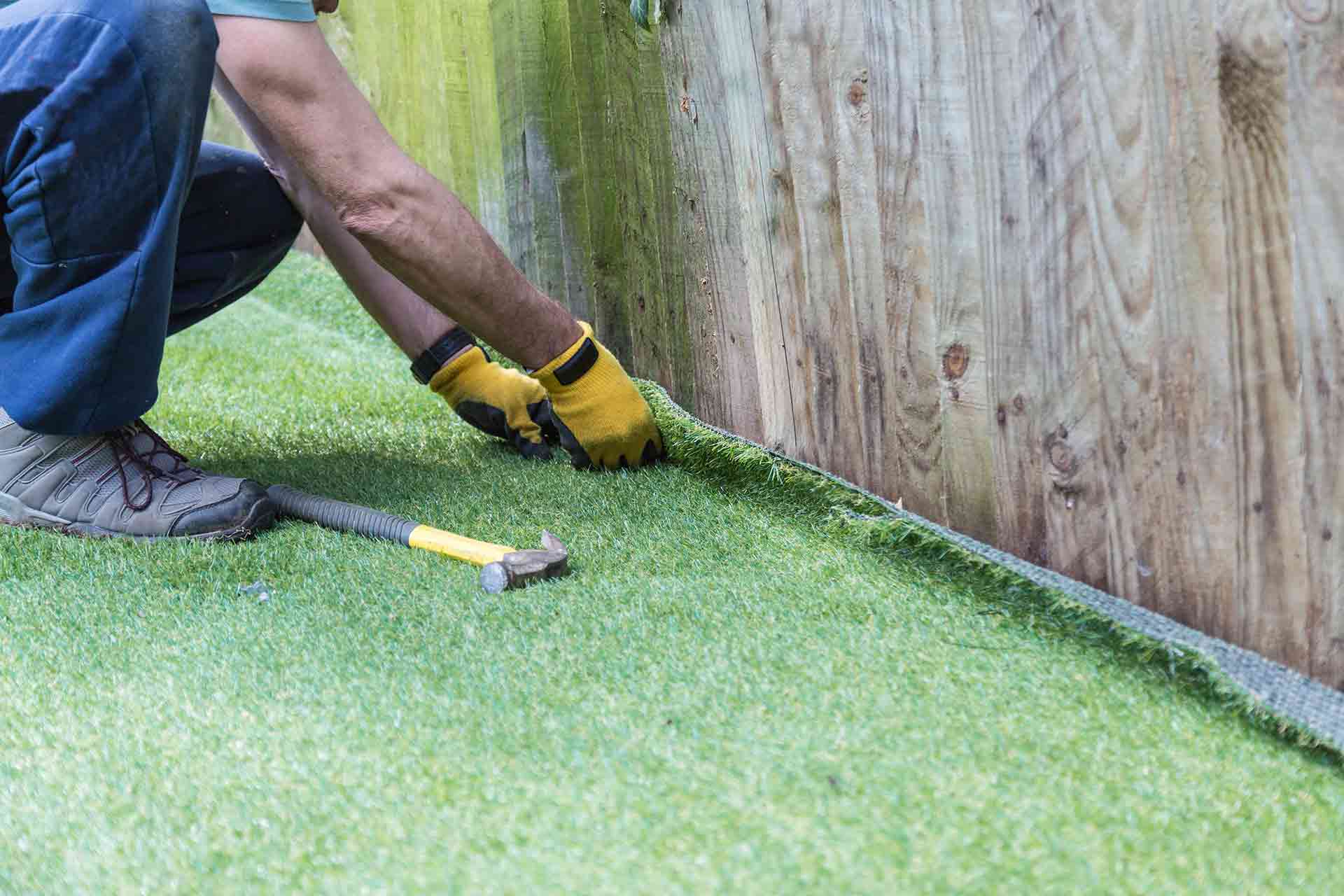

Landscaping Ideas
How To Keep Artificial Grass Down
Modified: April 1, 2024
Learn effective landscaping ideas for keeping artificial grass down and maintaining a beautiful outdoor space. Explore tips and tricks for a low-maintenance lawn.
(Many of the links in this article redirect to a specific reviewed product. Your purchase of these products through affiliate links helps to generate commission for Storables.com, at no extra cost. Learn more)
Introduction
Welcome to the world of landscaping, where the beauty of nature meets the convenience of modern technology. In recent years, artificial grass has gained popularity as a low-maintenance alternative to natural grass. This synthetic turf offers a lush, green aesthetic without the need for constant watering, mowing, or fertilizing. Whether you’re considering artificial grass for your residential lawn, commercial space, or recreational area, it’s essential to understand the best practices for keeping it securely in place. This article will explore the benefits of artificial grass, factors to consider before installation, and effective methods for keeping artificial grass down, ensuring a long-lasting and visually appealing landscape.
Key Takeaways:
- Artificial grass offers low maintenance, durability, and safety benefits, making it a visually appealing and eco-friendly landscaping option for residential and commercial properties.
- To keep artificial grass down, ensure a quality base, professional installation, and routine maintenance. These methods preserve the turf’s stability and aesthetic appeal, creating enduring and captivating outdoor spaces.
Read more: How To Cool Down Fake Grass
Benefits of Artificial Grass
Artificial grass presents a myriad of advantages that make it an attractive option for property owners seeking a low-maintenance and visually appealing landscaping solution. Here are some key benefits:
- Low Maintenance: Unlike natural grass, artificial turf does not require watering, mowing, or fertilizing. This results in significant time and cost savings, making it an ideal choice for busy individuals and commercial property owners.
- All-Weather Durability: Artificial grass is designed to withstand various weather conditions, including heavy rain, extreme heat, and freezing temperatures. It maintains its vibrant color and texture throughout the year, providing a consistently lush appearance.
- Water Conservation: By choosing artificial grass, property owners contribute to water conservation efforts, as this synthetic turf does not require regular watering. This eco-friendly feature is particularly beneficial in regions prone to droughts and water restrictions.
- Enhanced Safety: Artificial grass offers a cushioned surface that can minimize injuries from falls, making it an excellent choice for playgrounds, sports fields, and recreational areas. Additionally, it eliminates the need for harmful pesticides and herbicides, promoting a safer environment for children and pets.
- Long-Term Cost Savings: While the initial investment in artificial grass may seem higher than natural sod, the long-term cost savings in maintenance, water bills, and landscaping equipment make it a financially prudent choice over time.
- Versatile Applications: From residential lawns and rooftop gardens to commercial landscapes and sports facilities, artificial grass can be tailored to various settings, providing a consistently manicured appearance in diverse environments.
These benefits collectively contribute to the growing popularity of artificial grass as a sustainable and visually appealing landscaping solution for modern properties.
Factors to Consider Before Installing Artificial Grass
Before diving into the installation of artificial grass, it’s crucial to consider several key factors to ensure a successful and long-lasting outcome. By addressing these aspects, property owners can make informed decisions and effectively plan for the installation process. Here are some essential factors to contemplate:
- Quality of the Base: The foundation for artificial grass plays a pivotal role in its stability and longevity. Ensuring a well-prepared base, such as a compacted aggregate or concrete surface, is essential for preventing uneven settling and maintaining the integrity of the turf.
- Drainage System: Proper drainage is vital to prevent water accumulation and potential damage to the artificial grass. Evaluating the existing drainage system and making necessary adjustments or additions can safeguard the turf from water-related issues.
- Usage and Traffic: Understanding the intended usage of the artificial grass area, whether it’s a high-traffic play area or a decorative lawn, helps in selecting the appropriate turf density and durability to withstand the anticipated activities.
- Local Climate: Considering the local climate conditions, including temperature variations, rainfall patterns, and sun exposure, aids in choosing artificial grass that is tailored to thrive in specific environmental factors.
- Regulations and Permits: Some municipalities may have regulations or permit requirements related to artificial grass installation. Checking with local authorities and homeowners’ associations can ensure compliance with any applicable guidelines.
- Professional Installation: While DIY installation may seem feasible, engaging professional installers with expertise in artificial grass ensures precision, proper seam integration, and adherence to best practices, ultimately leading to a seamless and professional finish.
- Long-Term Maintenance: Understanding the maintenance requirements of artificial grass, such as periodic brushing, debris removal, and potential repairs, allows property owners to prepare for ongoing care and preservation of the turf’s aesthetics.
By carefully considering these factors, property owners can lay a solid foundation for the successful installation and long-term enjoyment of their artificial grass, minimizing potential challenges and maximizing the benefits of this landscaping investment.
Use adhesive tape or adhesive glue to secure the edges of the artificial grass to the ground. This will prevent it from lifting or shifting, keeping it in place.
Methods to Keep Artificial Grass Down
Securing artificial grass effectively is essential to maintain its pristine appearance and prevent displacement, especially in areas exposed to varying weather conditions and high foot traffic. Fortunately, several reliable methods can be employed to keep artificial grass securely in place. Here are some effective techniques:
- Proper Base Preparation: Ensuring a well-prepared base, such as a compacted aggregate or concrete surface, provides a stable foundation for the artificial grass, minimizing the risk of shifting or uneven settling over time.
- Quality Edging Installation: Installing durable and appropriately sized edging materials, such as composite bender board or metal landscape edging, helps contain the artificial turf and prevent lateral movement, particularly along the perimeter of the installation area.
- Professional Seam Integration: Properly integrating and securing seams between artificial grass sections is crucial to prevent separation and ensure a seamless, uniform appearance. Professional installers use specialized techniques and adhesives to achieve reliable seam integration.
- Anchor Nails or Staples: Utilizing anchor nails or staples along the edges and seams of the artificial grass installation provides additional reinforcement, securing the turf in place and minimizing the risk of shifting or uplift in windy conditions.
- Infill Material: Applying infill material, such as silica sand or rubber granules, within the artificial grass fibers enhances stability, weight distribution, and resilience, effectively anchoring the turf and reducing movement underfoot.
- Regular Maintenance: Implementing a routine maintenance schedule, including brushing the turf fibers, removing debris, and inspecting the edging and seams for any signs of wear or loosening, helps proactively address potential issues and maintain the artificial grass’s secure placement.
- Professional Inspection and Repairs: Engaging professional maintenance services for periodic inspections and timely repairs, if necessary, ensures that any emerging issues, such as loose seams or damaged edging, are promptly addressed to uphold the turf’s stability and visual appeal.
By employing these methods in the installation and maintenance of artificial grass, property owners can uphold its secure and visually appealing presence, ensuring a long-lasting and enjoyable landscaping investment.
Conclusion
As the demand for low-maintenance and visually striking landscaping solutions continues to rise, artificial grass has emerged as a popular choice for property owners seeking an enduring and aesthetically pleasing alternative to natural turf. Understanding the benefits of artificial grass, including its low maintenance, durability, and versatility, underscores its appeal as a sustainable and visually appealing landscaping option.
Prior to embarking on the installation of artificial grass, considering essential factors such as the quality of the base, drainage system, local climate, and professional installation services is crucial for ensuring a successful and enduring outcome. By addressing these factors, property owners can lay the groundwork for a resilient and visually captivating artificial grass installation that aligns with their specific needs and environmental conditions.
Moreover, implementing effective methods to keep artificial grass securely in place, such as proper base preparation, quality edging installation, and routine maintenance, is instrumental in preserving the turf’s stability and aesthetic appeal over time. These proactive measures contribute to the long-term enjoyment and durability of artificial grass, making it a valuable and sustainable landscaping investment.
In essence, artificial grass offers a harmonious blend of convenience, visual allure, and environmental responsibility, making it an appealing choice for residential, commercial, and recreational landscapes. By embracing the benefits, considering critical factors, and employing reliable methods for securing artificial grass, property owners can create enduring and captivating outdoor spaces that elevate the overall appeal and functionality of their properties.
With the right approach to installation, maintenance, and care, artificial grass stands as a testament to the seamless fusion of modern innovation and natural beauty, transforming outdoor spaces into vibrant and sustainable havens for generations to come.
Frequently Asked Questions about How To Keep Artificial Grass Down
Was this page helpful?
At Storables.com, we guarantee accurate and reliable information. Our content, validated by Expert Board Contributors, is crafted following stringent Editorial Policies. We're committed to providing you with well-researched, expert-backed insights for all your informational needs.
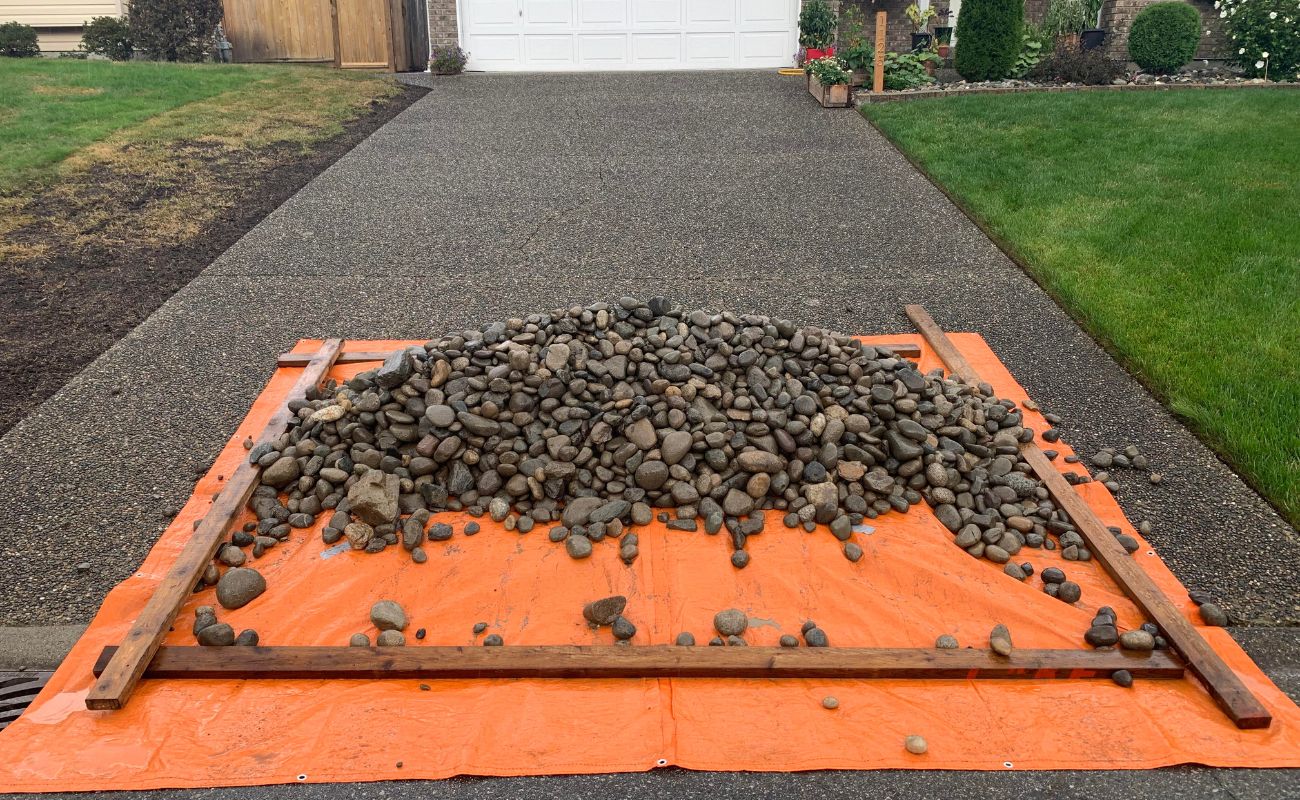
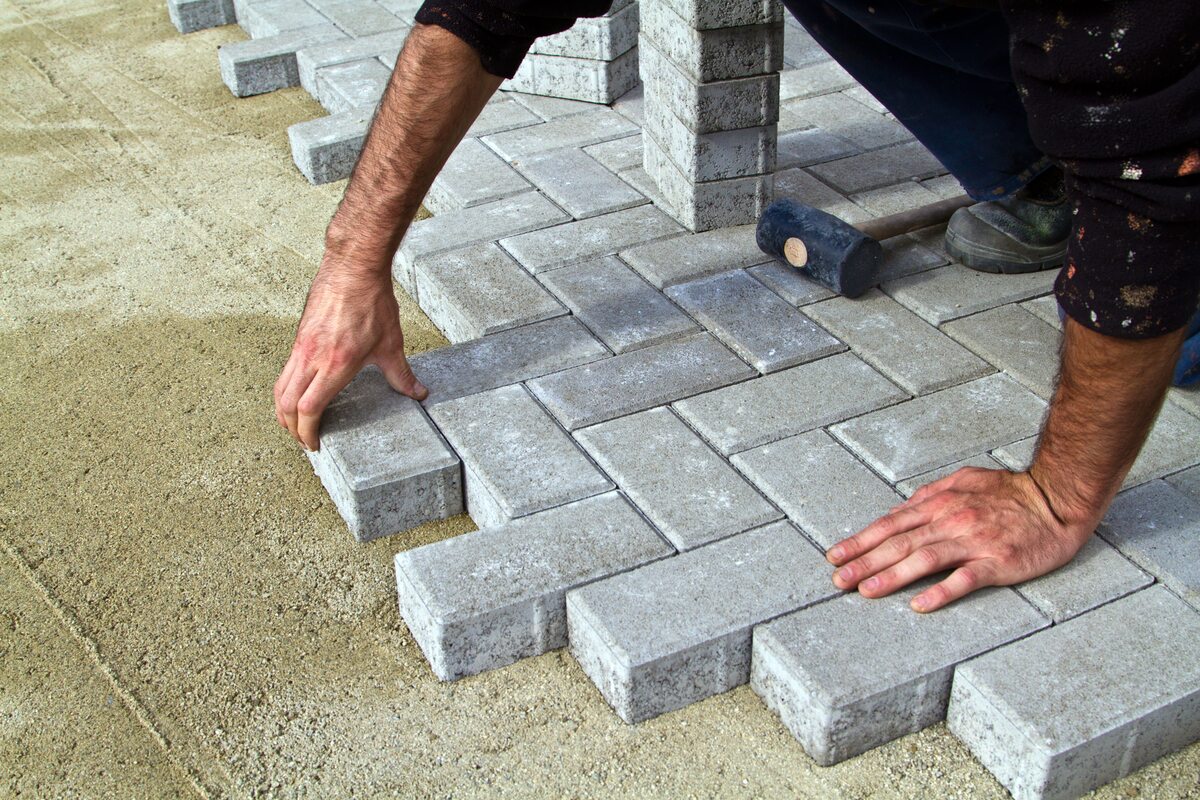

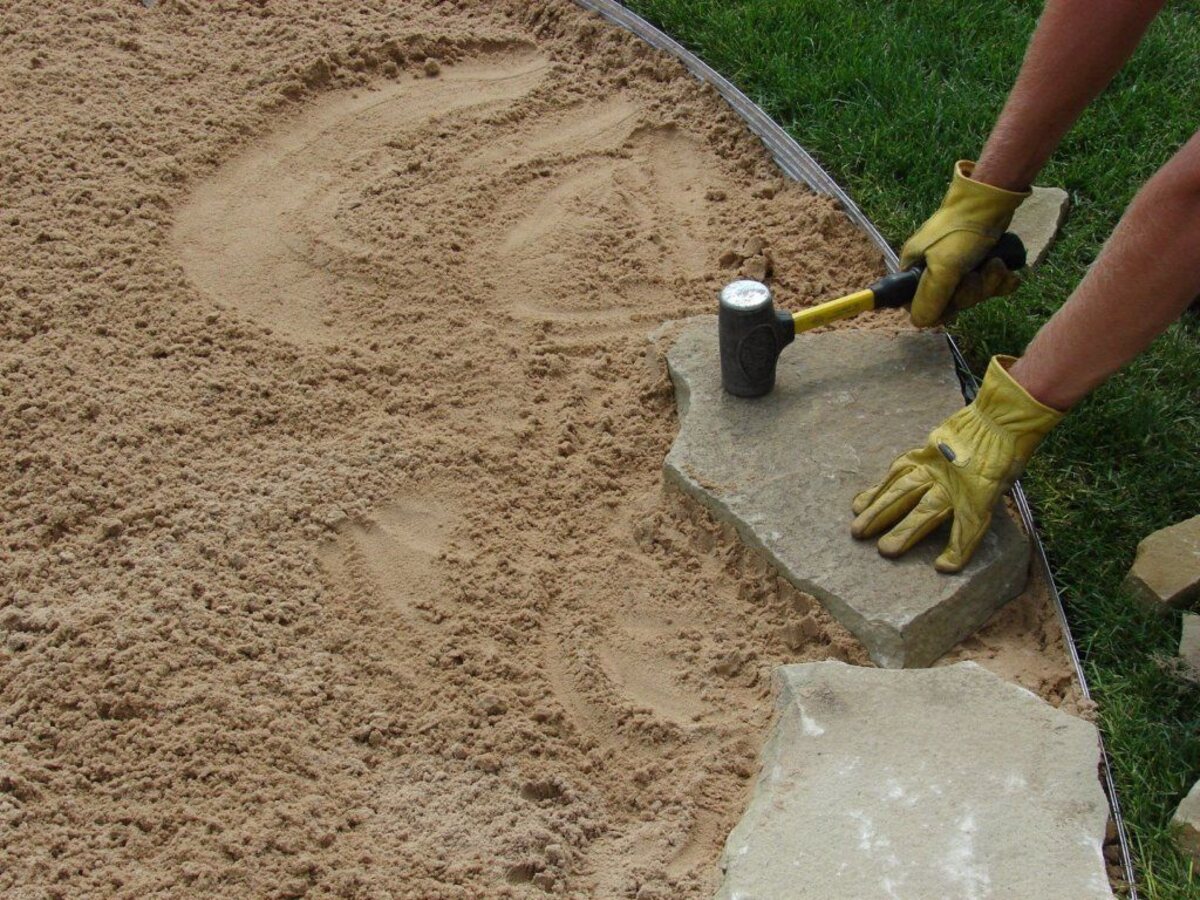
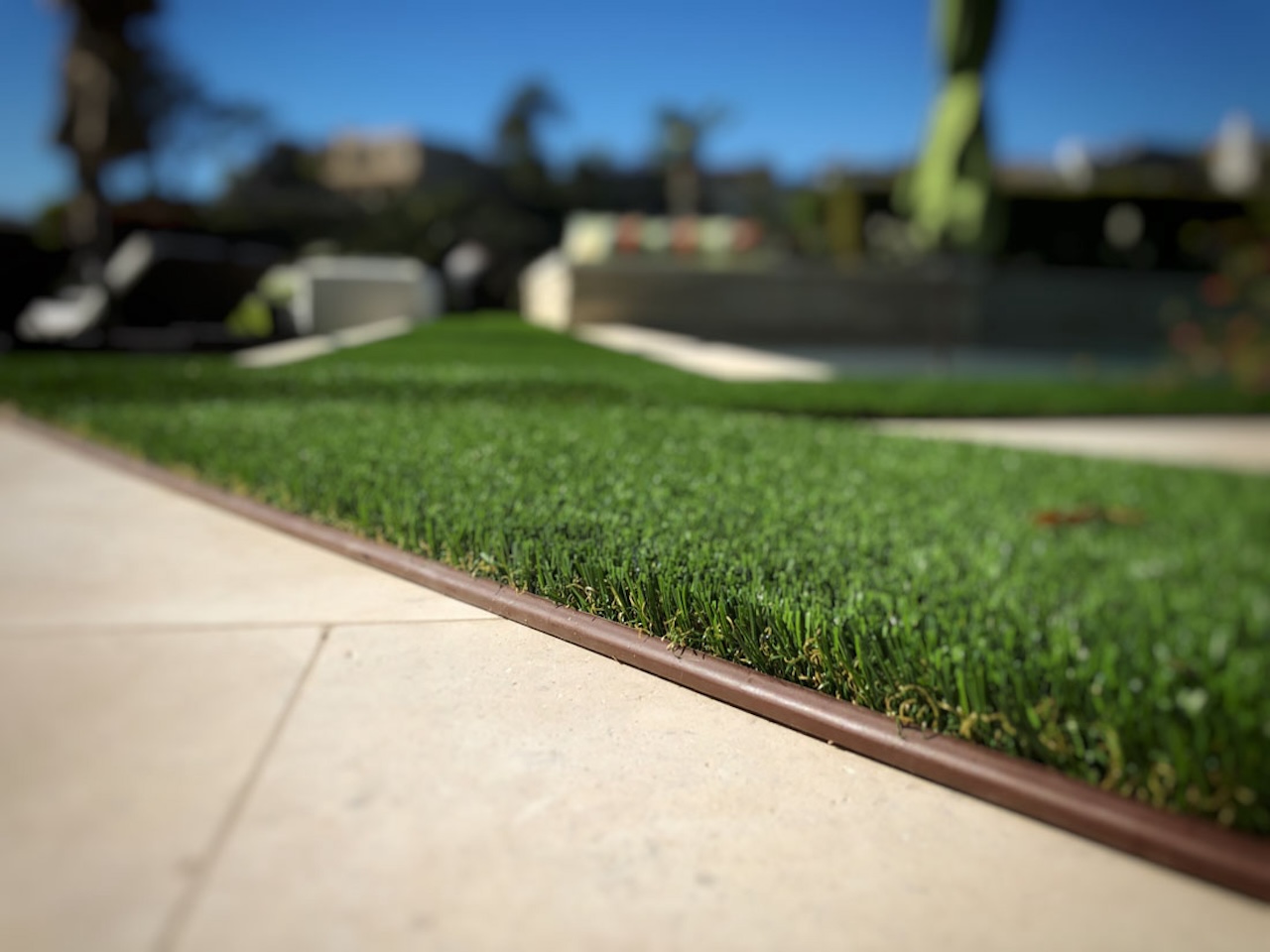
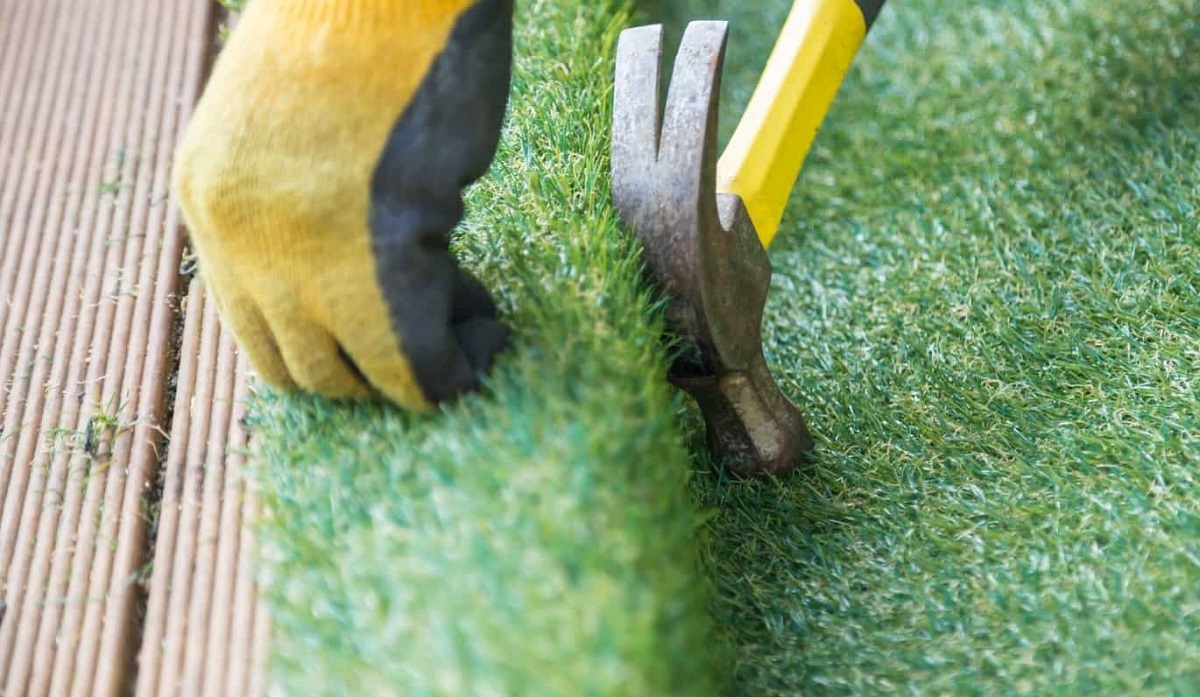
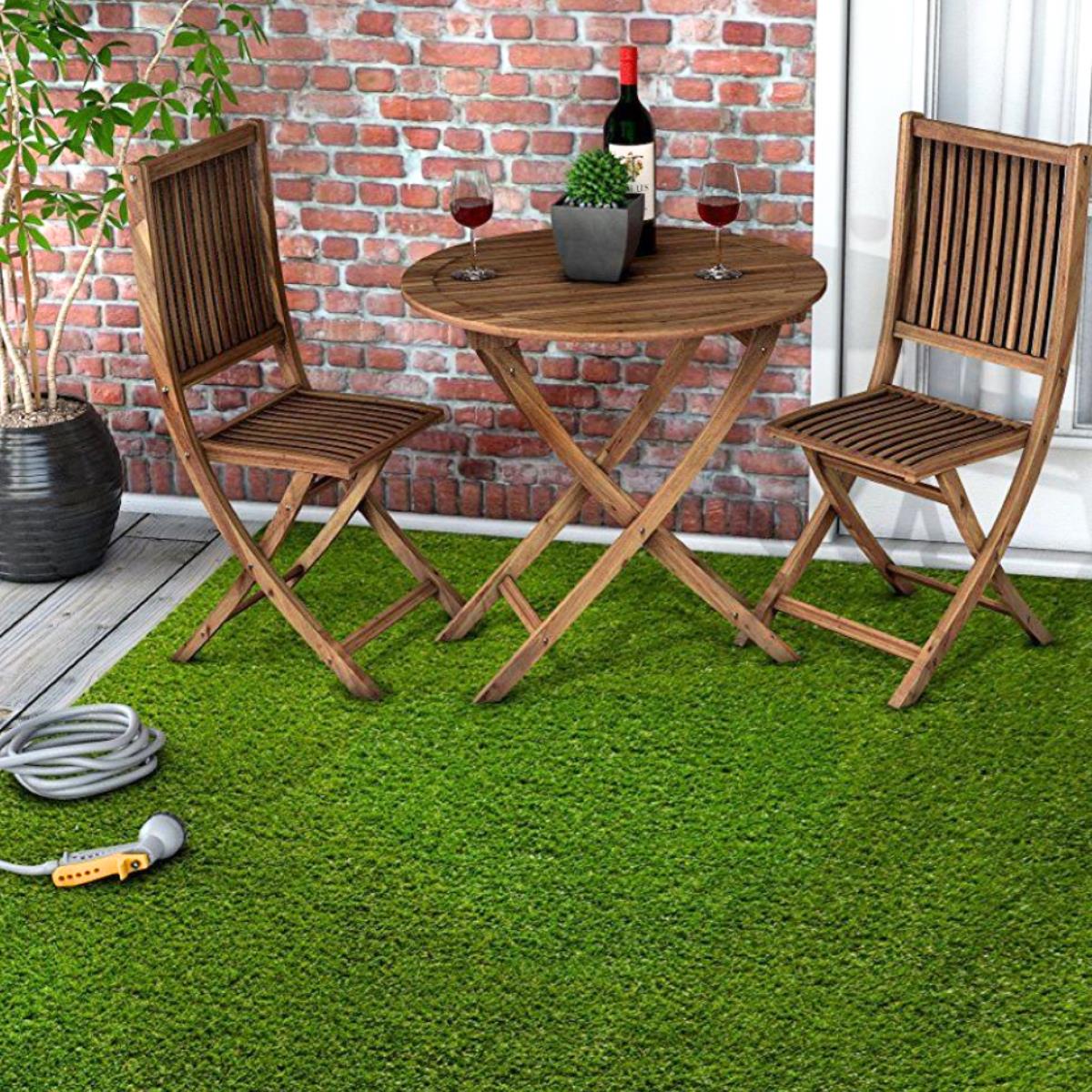
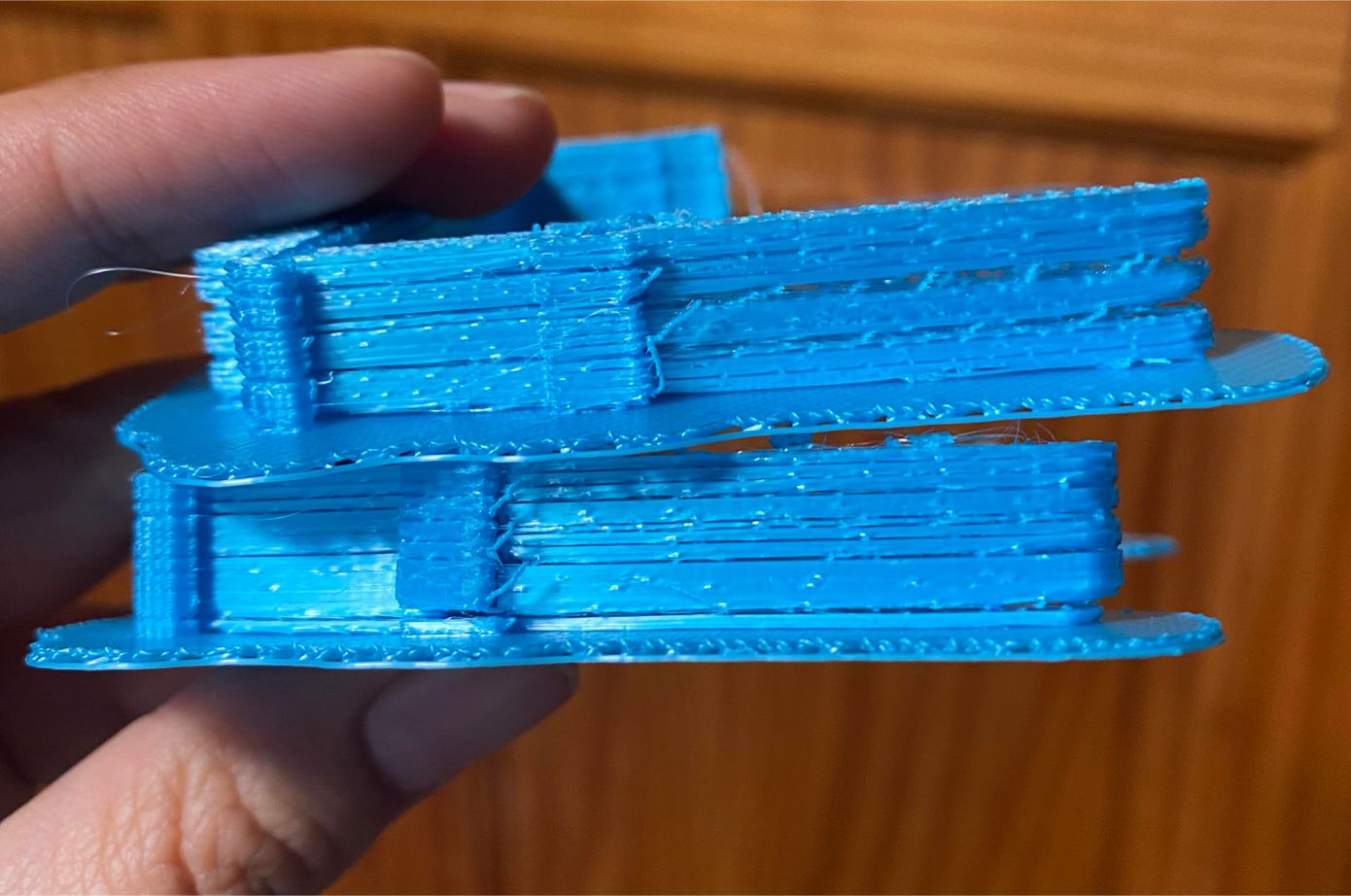

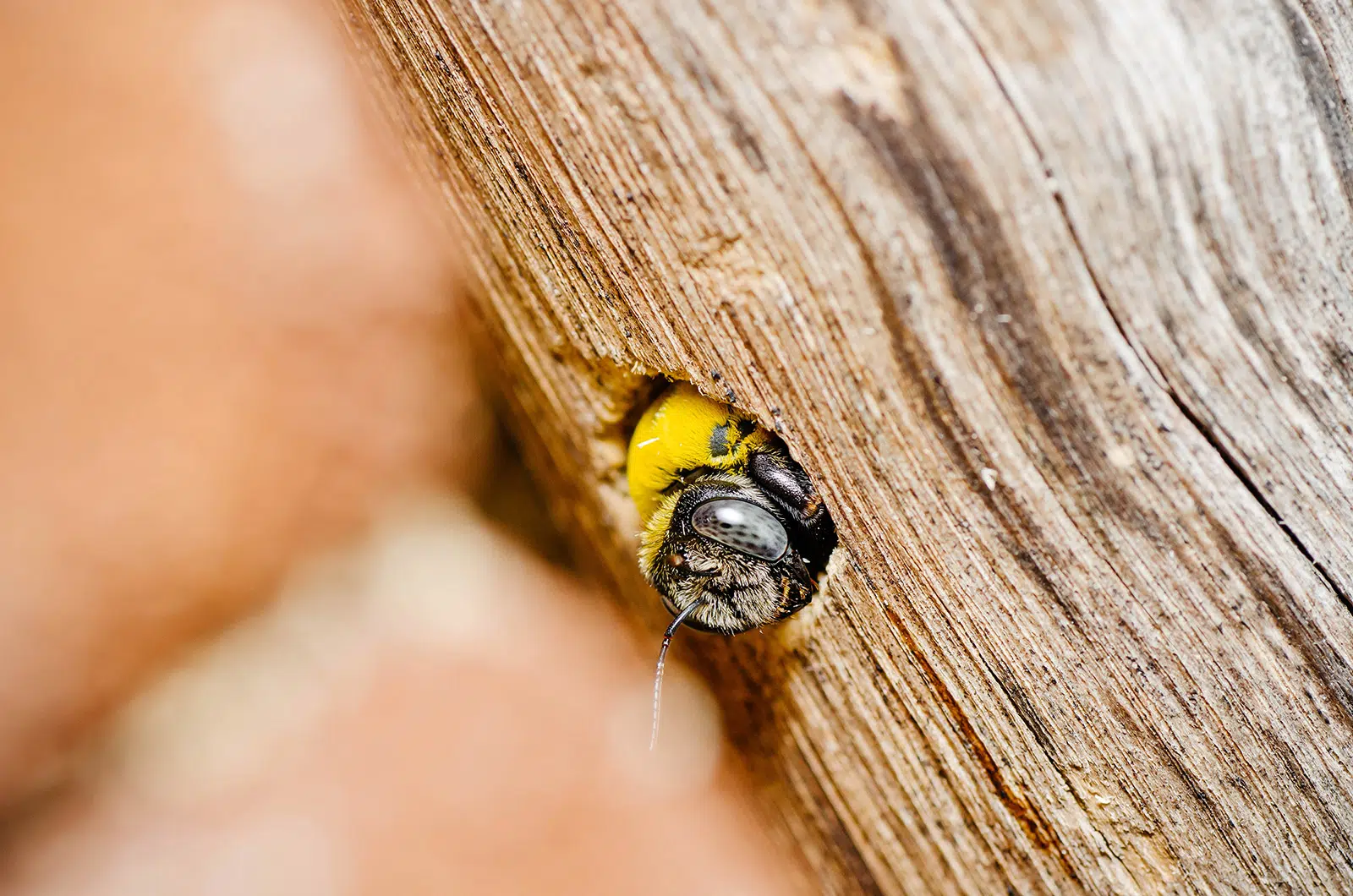
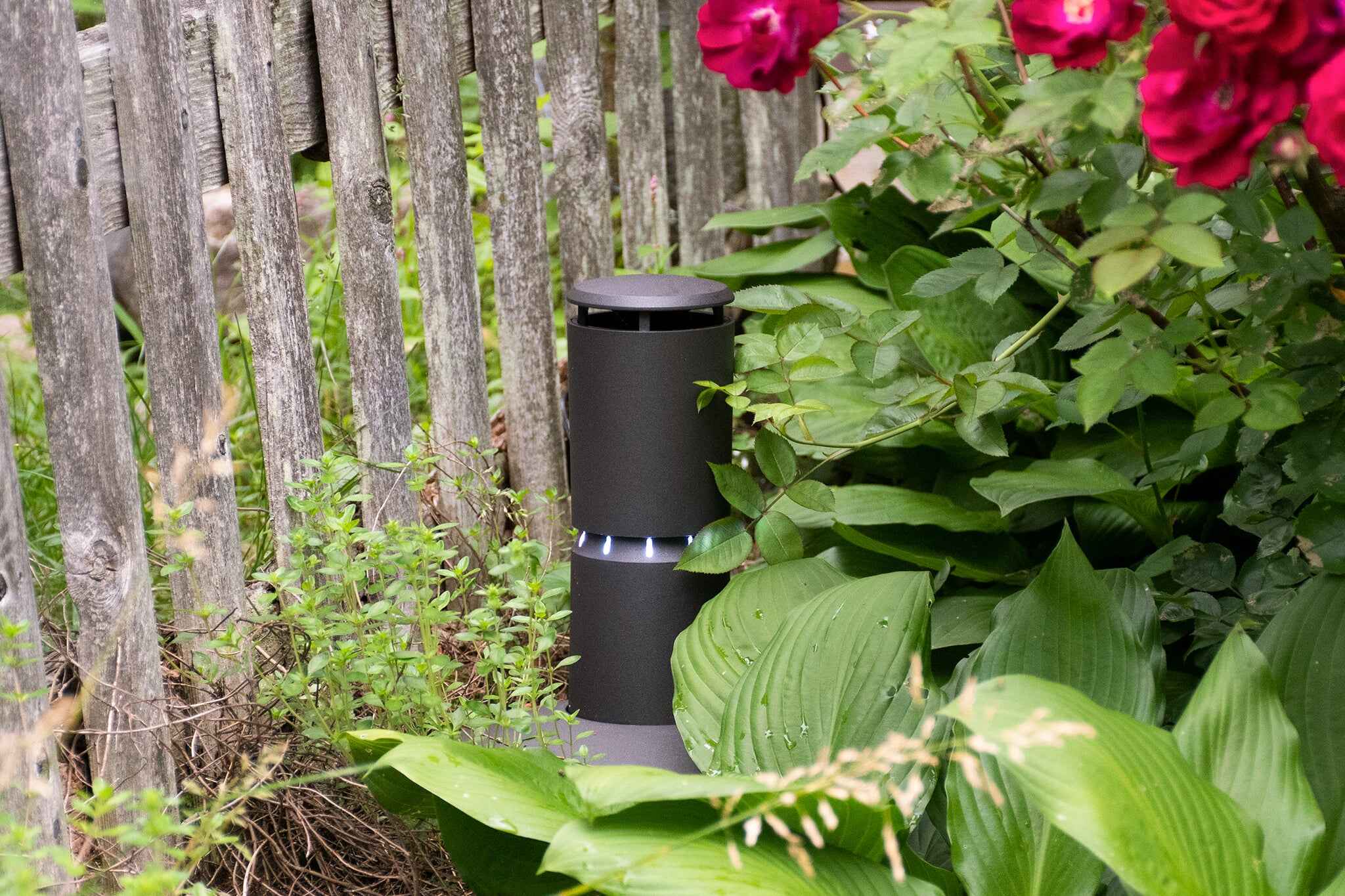
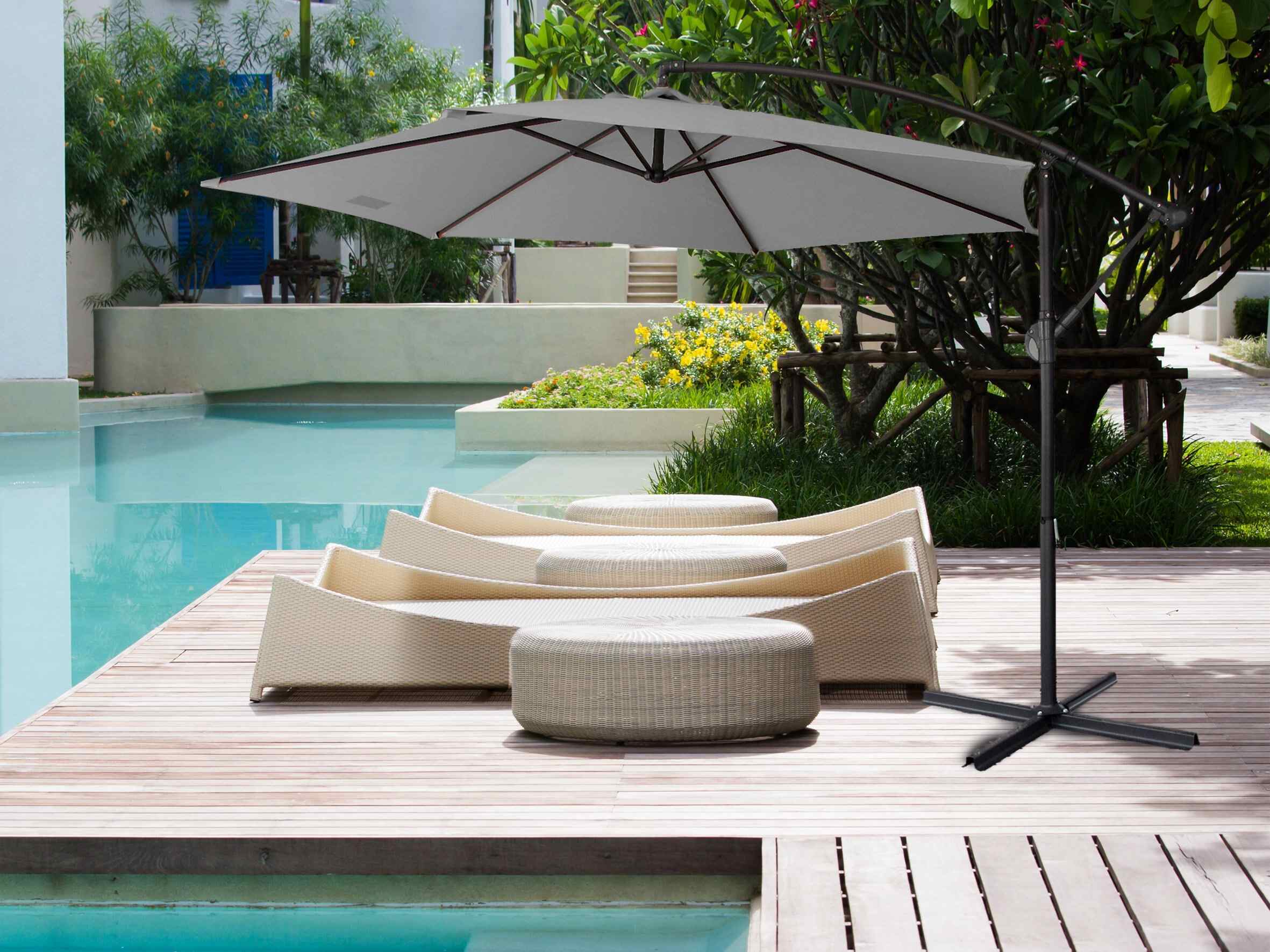
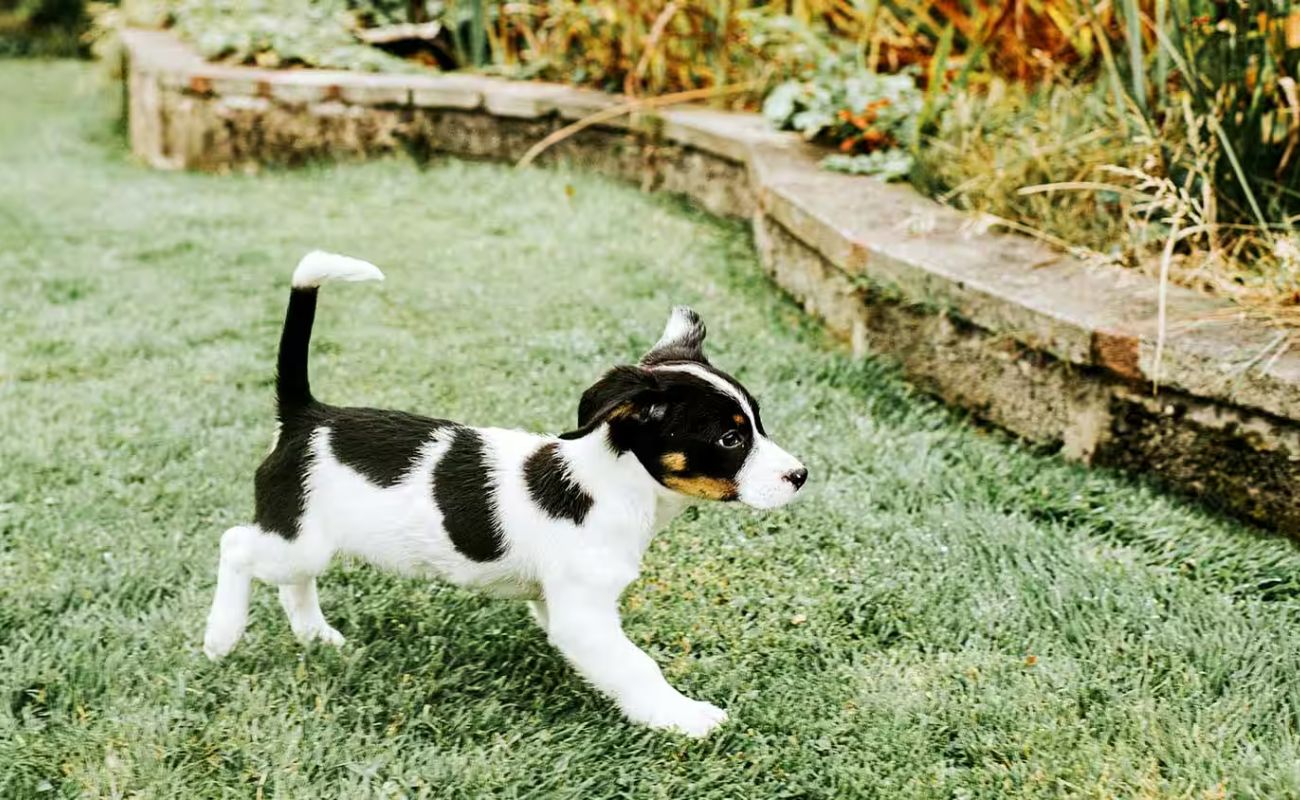
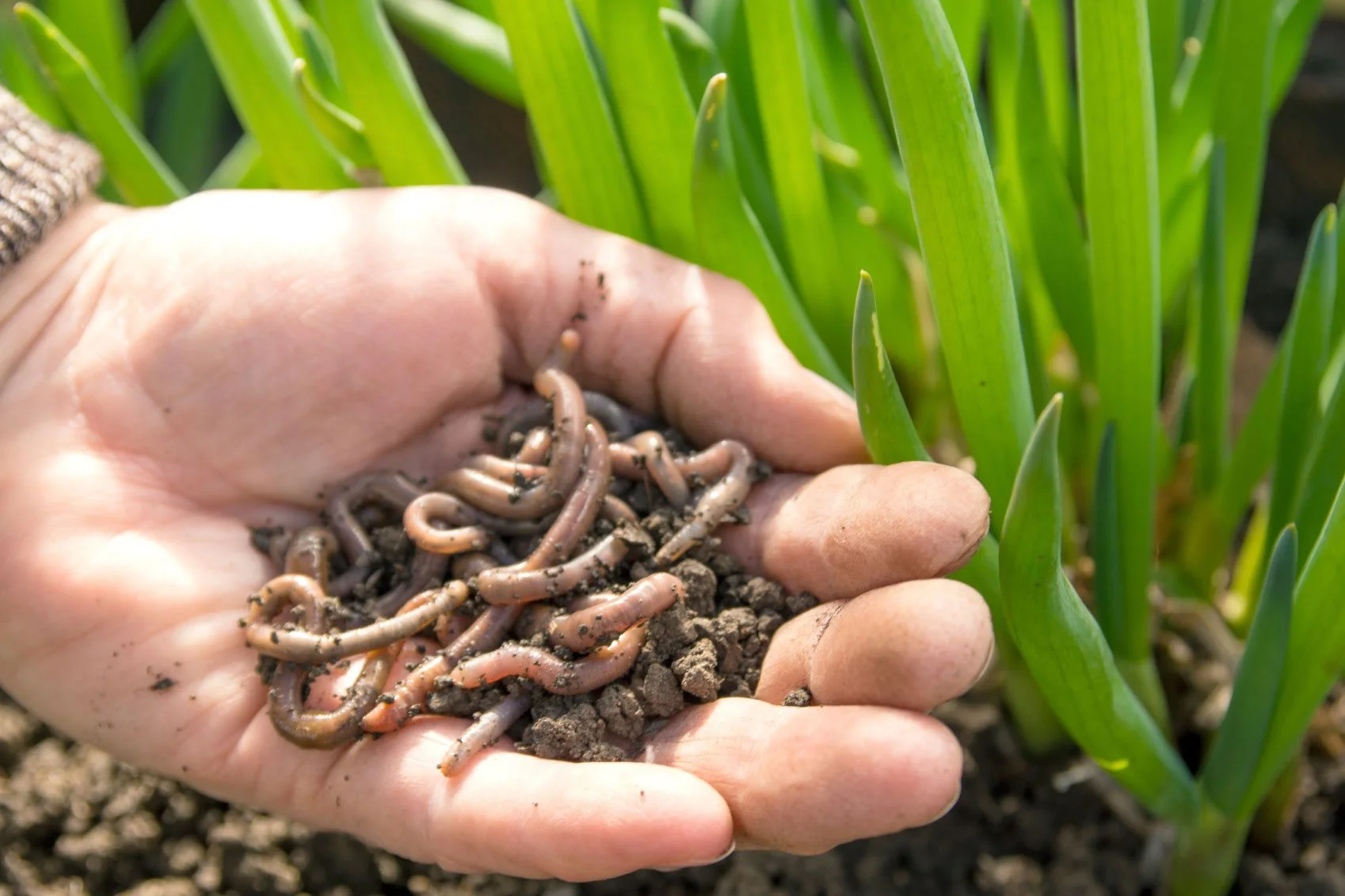
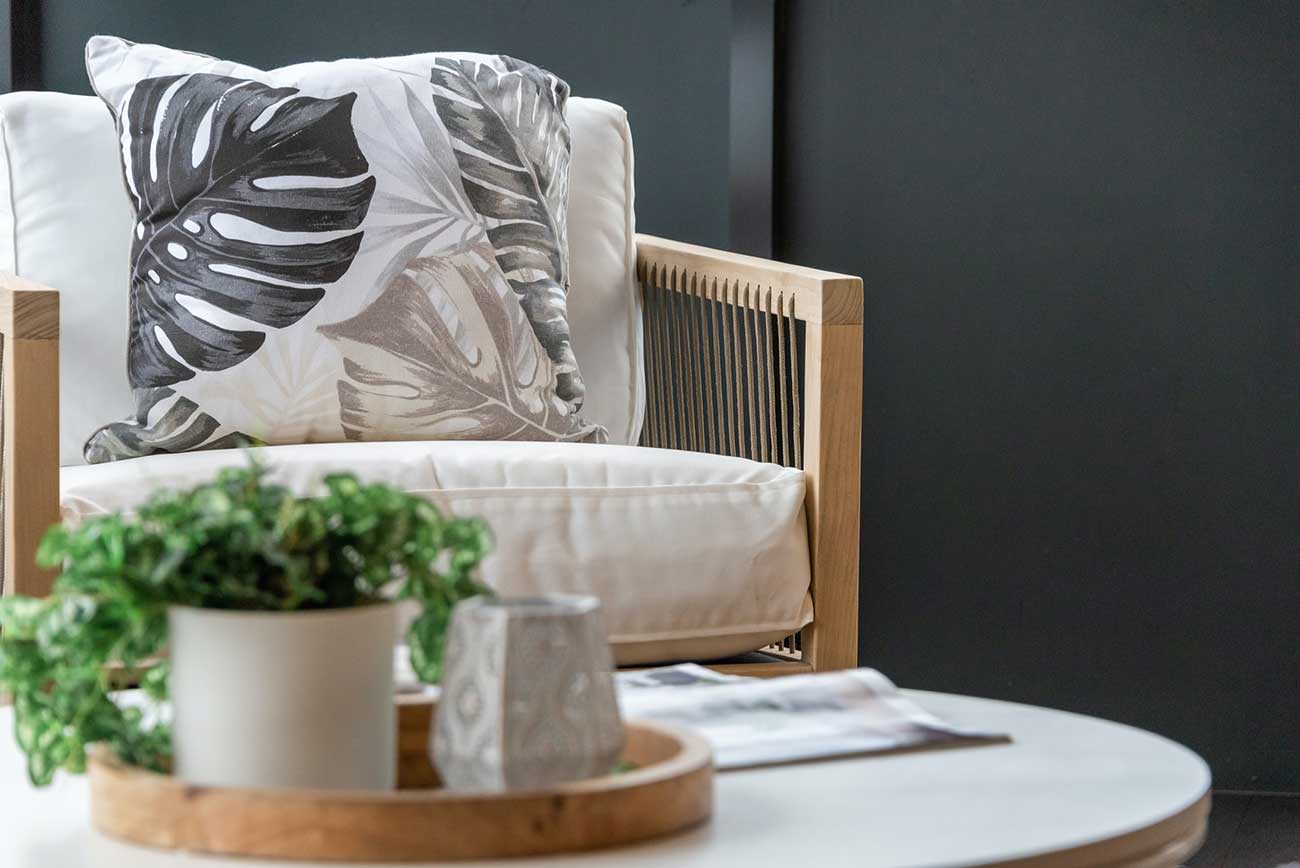

0 thoughts on “How To Keep Artificial Grass Down”